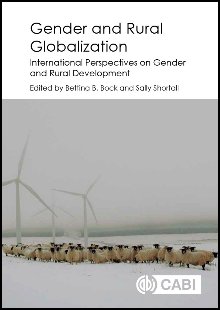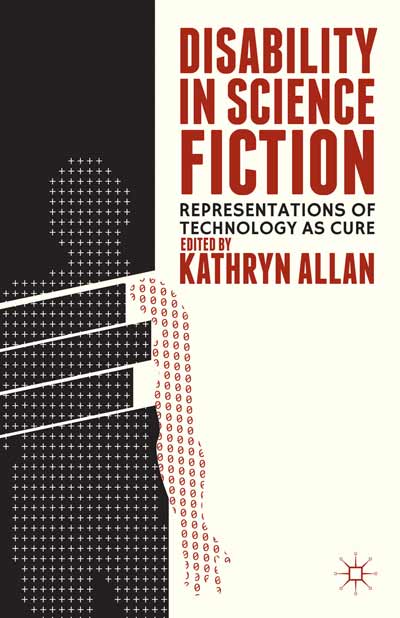Porter, Tracy H., and Sharon E. Norris. “Workplace Spirituality.” In Integrity in Organizations, edited by Wolfgang Amann and Agata Stachowicz-Stanusch, 429-438. New York: Palgrave Macmillan, 2012.
 The business environment has undergone dramatic changes for the past several decades, and these paradigmatic adjustments have brought about new expectations about work and the work environment. It has been argued that downsizing, reengineering, and layoffs of the past few decades have turned many American workplaces into environments in which workers have been demoralized and taken for granted (Brandt, 1996). Individuals have witnessed the work environment become increasingly impersonal and, in some cases, insecure environments (Fry & Cohen, 2009). The push for higher economic returns, productivity, and profitability has crippled and eventually bankrupted once-prominent organizations. The wide road of traditional management has led many organizations and their leaders to perdition.
The business environment has undergone dramatic changes for the past several decades, and these paradigmatic adjustments have brought about new expectations about work and the work environment. It has been argued that downsizing, reengineering, and layoffs of the past few decades have turned many American workplaces into environments in which workers have been demoralized and taken for granted (Brandt, 1996). Individuals have witnessed the work environment become increasingly impersonal and, in some cases, insecure environments (Fry & Cohen, 2009). The push for higher economic returns, productivity, and profitability has crippled and eventually bankrupted once-prominent organizations. The wide road of traditional management has led many organizations and their leaders to perdition.
Recognizing the downward spiral, humanistic managers have traversed the competitive environment by taking a road less-traveled. They are committed to creating workplaces in which making a difference and operating with integrity are balanced with enhancing productivity and making a profit. In humanistic environments, both human capital and financial capital are recognized as assets to be protected, wisely invested, and deployed with integrity. Designing the workplace so that people experience purpose and meaning in work, connectedness through positive relationships, and alignment of personal and organizational values, has been identified as one of the most important managerial tasks of the twenty-first century (Nichols, 1994; Milliman, Czaplewski, & Ferguson, 2003).
Humanistic managers create environments in which spiritual-based values guide decision making, and employees are consistently provided with opportunities to perform at their best (Milliman, Ferguson, Trickett, & Condemi, 1999).











